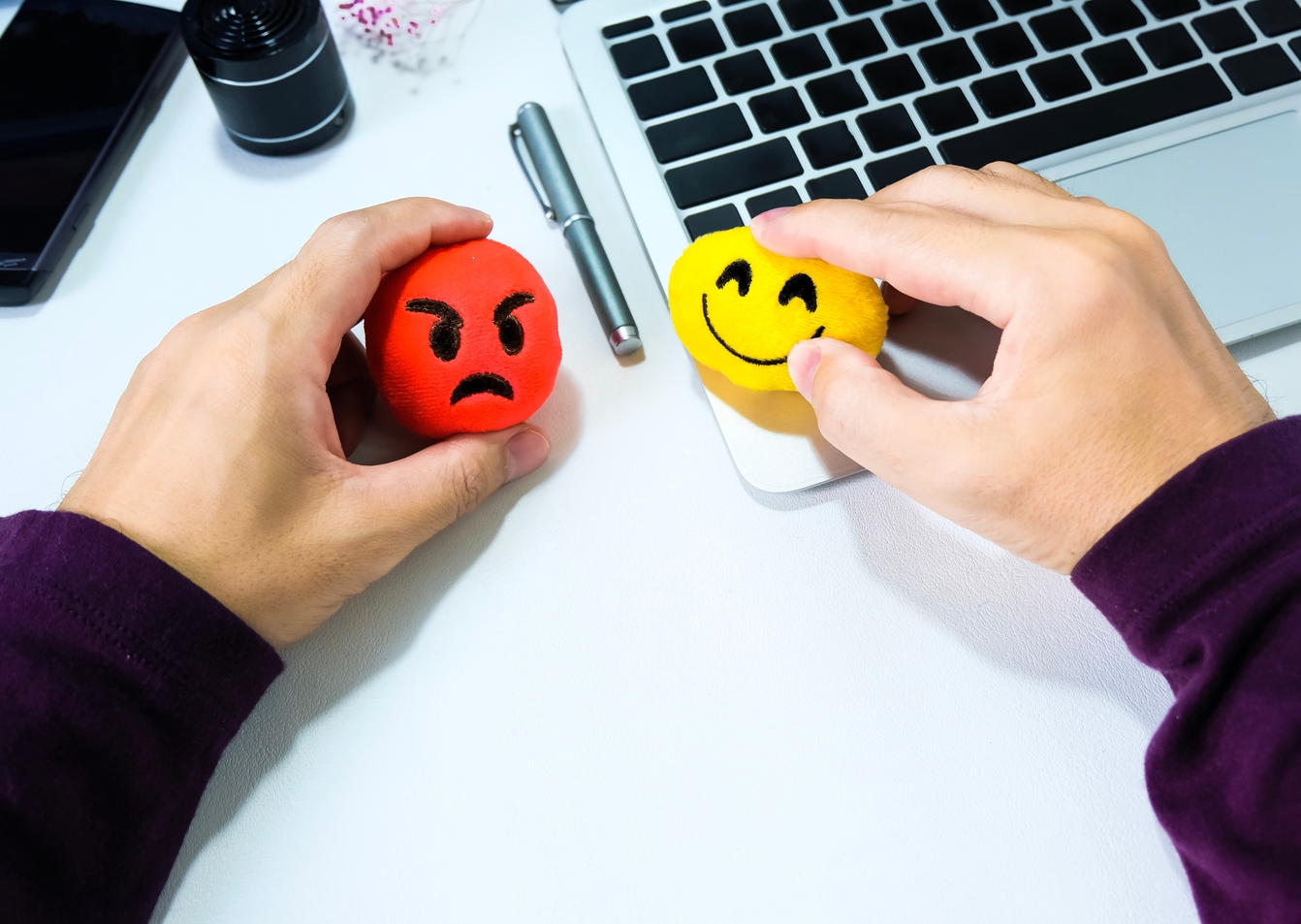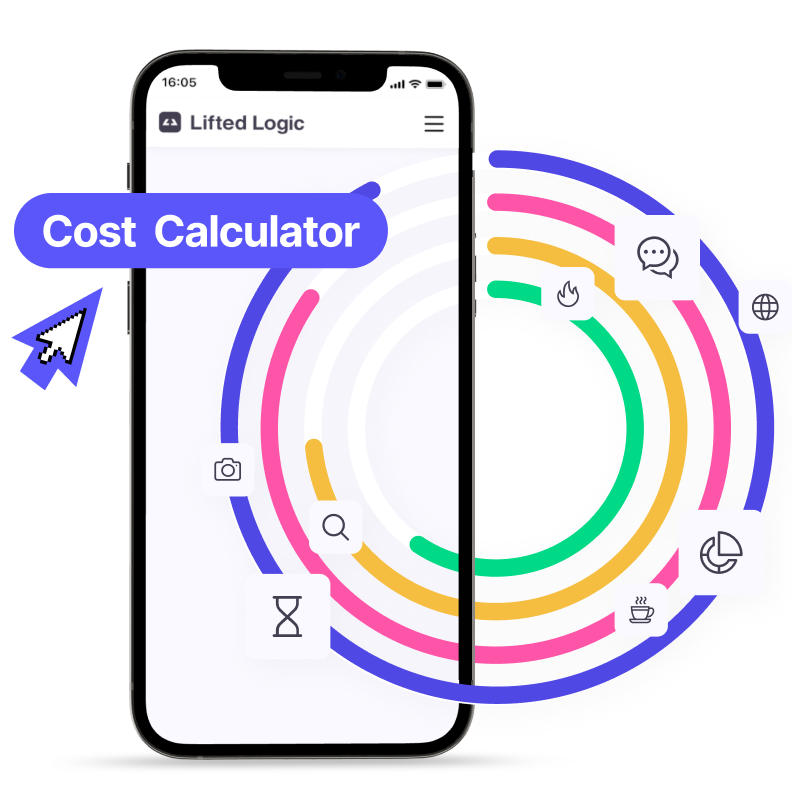If you haven’t been following our brand storytelling series, then definitely get caught up!
Part I: Prepare to Amp Up Your Brand Story
Part II: Building Strong Characters for Your Brand Story
Part IV: Completing Your Brand Story With a Strong Theme
And the plot thickens…
Now it’s time to get to the “meat of it all.” The plot is where you take your framework and characters and bring in character goals (or wants), conflict, and a strong narrative arc. It’s something that can be challenging, but it’s really, really fun. Or maybe that’s just me.
Goals, goals, goals… What the hell are those?
Side note: I deserve and A+ for my Dr. Seuss-esque skills in that header.
Anyway…
The goal is the easier bit… kind of. Typically, if you’ve gotten your framework together by doing audience research and finding which story resonates the most, you can figure out a goal. When trying to discover your goals, the biggest thing you want to ask is: What do I want?
That “want” is what drives the protagonists (i.e. you and your team) forward through the plot. Keep in mind, your character goals aren’t necessarily the same as your company goals, which are often centered around making a profit. While money could be something you really, really want, most audiences aren’t going to trust you if that’s your driving factor. Put yourself in their position. If you heard a brand was only driven by profit, would you buy from them? It comes down to the thought, “Well, if they just want my money, they’d probably do anything to get it.”
So take that one off the list.
Character goals are more down-to-earth, in a sense; they are what your audience can connect to. Now, you don’t have to come up with something crazy like trying to save the world (unless, I guess, you’re a sustainability company that really is trying to save the world… in which case, ahem, call us ). Your goal can be simple. Here are a few examples:
- Making people laugh and feel better
- Adding a new perspective to the community
- Cultivating change
- Starting a conversation
- Bringing family and friends together
As you can see, these aren’t what you would consider S.M.A.R.T. (specific, measurable, attainable, relevant/realistic, timely) goals because you aren’t making a marketing strategy in a traditional sense. Storytelling isn’t measurable, and that’s okay. S.M.A.R.T. goals have their time and place. For example, you can use them to plan out when you want to roll out your brand story and what you hope to accomplish from it. But when creating the story itself, creativity and being genuine are more important.
Let’s go back to our cupcake shop example. After doing your research and creating the list of reasons people go to your shop, you have narrowed down which reason to work with as a story framework—customizable cupcake flavors. Based on that, you can start building the goal your characters strive to achieve throughout the story.
So what do you do?
You go back to the “why” again. Your shop chose to offer customizable flavors for a reason. What is it?
The reason: All the other cupcake shops have a list of their flavors, but you went beyond that because you believed no one should be limited to a single menu. You wanted to represent the different people who visit your store. That way, each cupcake is unique and original, and customers can take pride in their creation.
With that in mind, you and your team have come up with the goal: Celebrating diversity and promoting creativity.
Ready to move on? We’ll come back to our cupcakes later.
No story is interesting without a little conflict

I’m not saying you have to create some messy conflict to create a whirlwind of a story. If you feel like you have to make something up, then you’re going about it all wrong. Conflict isn’t always about fighting and inner turmoil—it’s simply an outside (or inside) factor that creates a problem and/or clashes against the characters’ goal (i.e. an antagonist).
So I have to think about the big bad guy coming after my company?
Nah, unless you have a big bad guy coming after you; in that case… good luck. What you actually want to think about is realistic factors against your ultimate goal—giving your customers what they want and need. Therefore, your conflict is the problem your customers have that your product/service can solve.
You can start by thinking like a novelist, or screenwriter, or playwright—you get the point. Basically, you take your protagonists and outline the types of conflicts possible. In general there are four:
- Person vs. Self
- Person vs. Person
- Person vs. Society
- Person vs. Nature
In many cases, stories have multiple conflicts and can mix different types together for a more complex story. However, for the sake of branding, it’s more streamlined to pick one (or maybe two if you’re feeling a little feisty).
And we’re back with our cupcake shop. Remember, the goal is to celebrate diversity and promote creativity, so what would be a conflict that your customers can relate to, something they face too? Hmm…
Pause for a moment and jot down some ideas of your own before continuing with the example. You can even do this as an activity with your team (I personally suggest bringing cupcakes). Go through the types of conflicts in storytelling and decide which one would make sense with the “customized cupcakes” framework and the goal.
You good? Got your ideas? Great… onward we go.
You and your team have decided the conflict that works best is Person vs. Society. From there, you described exactly what the conflict is. Here is what you came up with:
Our cupcake shop steps away from stereotypical, societal norms that tell people who they can and cannot be. In many cases, we have choices, but the choices don’t always fit who we are, forcing us to settle and compromise. It creates people who are uniform and easily categorized, rather than praising what makes everyone different.
I lowkey just went hella deep over a cupcake shop, but you get the point. As dramatic as it sounds, what you have there is a real conflict someone could relate to. Anyone who feels ostracized or on the fringe will resonate with the idea of not fitting in and wanting to be themselves.
At this point, you are ready to flesh out your cupcake shop’s brand story.
Time to pull out the elementary school plot diagram

Every story has a beginning, middle, and end, right? Right. What I’m talking about here is plot—exposition, rising action, climax, and resolution—you know, the basics. Obviously, not every story adheres to this exactly; for example, a story could have multiple climaxes (side note: hope your mind didn’t go where mine just accidentally went).
With that being said, it’s a great foundation. Since you’re building a brand story, you don’t have to overcomplicate things for the sake of becoming the next literary genius. That’ll only start jumbling sh*t up and confusing folks about who you really are.
The plot of your brand story isn’t something you have to overthink. If you really take time to figure out your characters, character goals, and plot conflict(s), you’ll have most of the elements you need. The rest simply involves combining those elements and setting them up in a series of conflict-driven events that rise, peak, then fall.
Exposition
The exposition is typically the “initial rumblings” of a story. You know there’s a storm coming. It’s brewing and building and heading closer and closer to the main event. For a storyteller, the exposition is the way to build tension. You introduce the setting, characters, and conflict just enough for the audience to understand something’s happening. They may not know what, but that’s the great part; that’s what pulls people in and gets them more excited.
So that might sound easier to do if you were writing some thriller novel, but trying to “build tension” for a brand story can be more difficult. What you want to think about first is your characters and the conflict you’ve outlined. Where are your characters? What are they doing? What is their typical day like? How did they become introduced to the conflict?
That brings us to the catalyst event. A vast majority of stories have something that drives the plot forward, some kind of change that pulls the characters out of “life as usual” and into the action. This could be an event like a big move or wedding. Or it can be less obvious like changing opinions or strengthening values. In other words, the catalyst event shakes everything up.
To summarize, when thinking about your exposition:
- Introduce your characters and their goal(s)
- Introduce the conflict
- Bring the conflict and characters together via a catalyst event
Time to break this down in marketing terms with the cupcake shop I should probably open at this point. Remember, the characters are you and your team, and the conflict is the lack of diverse cupcake options. As you start off, you want to let your audience know who you and your team are by setting up your values, motives, goals, etc. Once you have a strong foundation for character development, then you can pull in the conflict.
Think about the past and what you feel was the catalyst event. Since we’re talking about a hypothetical shop, I’m going to make one up. For your real brand story… don’t do that. In the shop’s case, you first realized the uniformity in cupcakes when you worked at a local bakery. People of all kinds would want to create their own touch on the cupcakes, but you always had to say, “No, we only have chocolate, vanilla, and sometimes strawberry.” After seeing how disappointed people would get, you decided there was a void you could fill. You realized if there are social restrictions in life, why do the same with cupcakes that should be fun and delicious? This is your catalyst event.
Rising Action & Climax
The rising action is the series of events that lead up to the climax. These are the moments that the antagonist(s) are actively fighting against the protagonist(s), heightening the conflict. Again, I’m not talking about literal fights against a hero and a bad guy here. This ain’t Marvel.
At this point, you want to take a trip down memory lane and remember the steps it took to start your company. Now if you weren’t there at the beginning, you’re going to want to speak to the founders or start digging into the archives. You want to get to where you have a step-by-step lead up to the climax of your brand story.
So what’s the climax?
That’s a little hard to answer. Not everyone is going to have the same climax, but view it this way: Your climax is the culmination of the consequences of each event that leads to the peak of the conflict. Basically, it’s the big moment that will determine whether your characters achieve their goal or whether the antagonist will successfully stop them.
Don’t start your brand story framework without Lifted Logic
We’ll be the first to say that creating a brand story doesn’t come easy, and there’s nothing wrong with seeking outside help! Whether you’re a new company, want to continue your story, or are completely rebranding, Lifted Logic has the tools and expertise you need to succeed.
We don’t BS you into quick fixes and fad techniques. Instead, we transform your short- and long-term goals into effective web design, custom branding, SEO, digital marketing, photo and videos, social media campaigns, and more.
Get started today by calling 816.298.7018 or using our free online cost calculator. For more tips on all things branding, web design & development, content creation, and more, subscribe to our newsletter to stay in-the-know.
Cost Calculator Tool Newsletter Subscription




